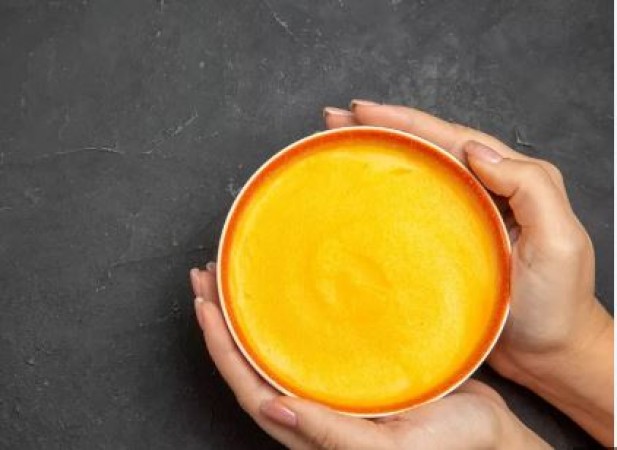
In the realm of hair care, various natural ingredients have been explored for their potential benefits. Ghee, a type of clarified butter, is one such ingredient that has been traditionally used for hair care in many cultures, particularly in ancient times.
Understanding the Use of Ghee for Hair
Historical Context: In ancient Ayurvedic practices, ghee was highly regarded for its therapeutic properties, not only for consumption but also for external applications, including hair care. It was believed to nourish and strengthen hair, promoting growth and imparting a healthy shine.
Nutritional Value: Ghee is rich in vitamins A, E, and D, as well as fatty acids, which are essential for maintaining the health of the scalp and hair follicles. These nutrients are known to moisturize the scalp, reduce dryness, and prevent hair breakage.
Moisturizing Properties: The moisturizing properties of ghee can help address issues such as dryness, frizz, and split ends. When applied to the hair and scalp, ghee forms a protective barrier that locks in moisture, leaving the hair feeling soft and hydrated.
Strengthening Effect: Ghee contains antioxidants that help strengthen the hair shaft, making it less prone to damage from environmental factors and styling practices. Regular use of ghee may lead to stronger, more resilient hair.
Promoting Hair Growth: Some proponents of ghee for hair care claim that it can stimulate hair growth by nourishing the hair follicles and improving blood circulation to the scalp. However, scientific evidence supporting this claim is limited.
How to Use Ghee on Hair: Applying ghee to the hair and scalp is relatively simple. Here's a basic method:
Warm the Ghee: Take a small amount of ghee and warm it gently until it liquefies. Be careful not to overheat it.
Apply to Hair: Massage the warm ghee into your scalp and hair, ensuring thorough coverage from roots to tips.
Leave it on: Allow the ghee to sit on your hair for at least 30 minutes to an hour to allow the nutrients to penetrate the hair shaft and scalp.
Rinse Out: After the desired duration, wash your hair thoroughly with a mild shampoo to remove the ghee. You may need to shampoo twice to ensure all traces of ghee are removed.
Potential Drawbacks:
Greasy Residue: Ghee is a heavy oil, and applying it to the hair can leave behind a greasy residue that may be difficult to wash out, particularly for those with oily hair types.
Allergic Reactions: Individuals with dairy allergies should avoid using ghee on their hair to prevent allergic reactions.
Not Suitable for All Hair Types: While ghee may benefit individuals with dry or damaged hair, it may not be suitable for those with naturally oily hair, as it can exacerbate greasiness.
While the use of ghee for hair care has historical roots and contains beneficial nutrients, its effectiveness may vary depending on individual hair types and preferences. Some people may find it to be a nourishing treatment that promotes healthy hair, while others may prefer lighter oils or commercial hair care products. As with any new hair care regimen, it's essential to patch-test ghee on a small area of the scalp before applying it more broadly and to consult with a dermatologist or trichologist if you have any concerns about its suitability for your hair and scalp.
Tata-Owned Air India Cuts 180 Jobs, Cites Business Streamlining
Top 10 Wholesale Business Ideas
You can register the location of your home on Google Maps, know the process